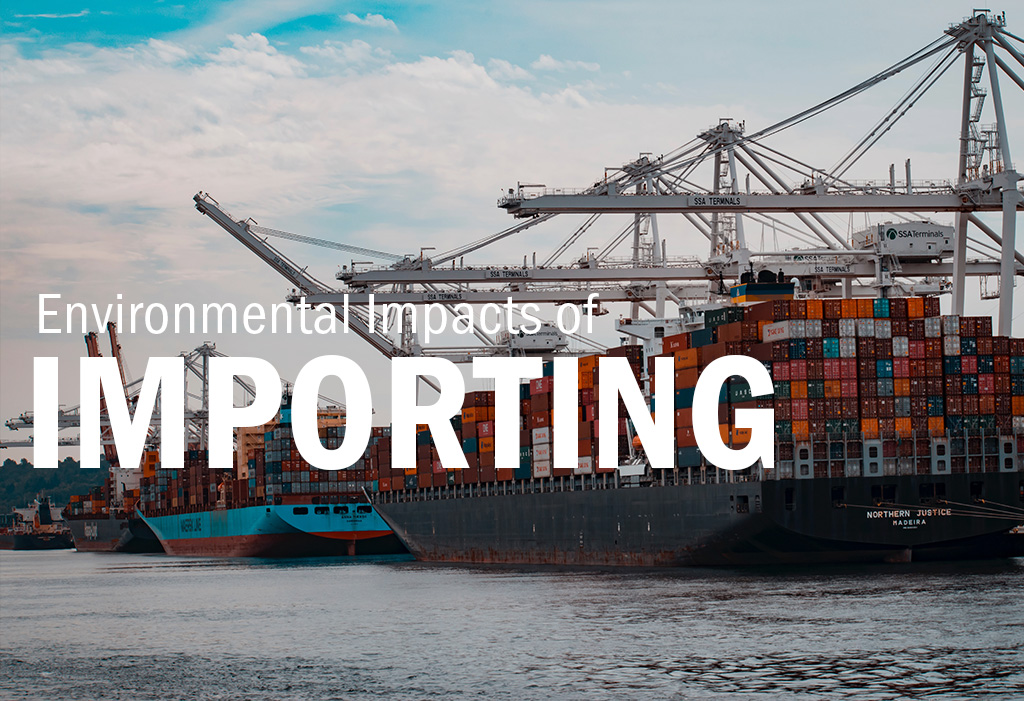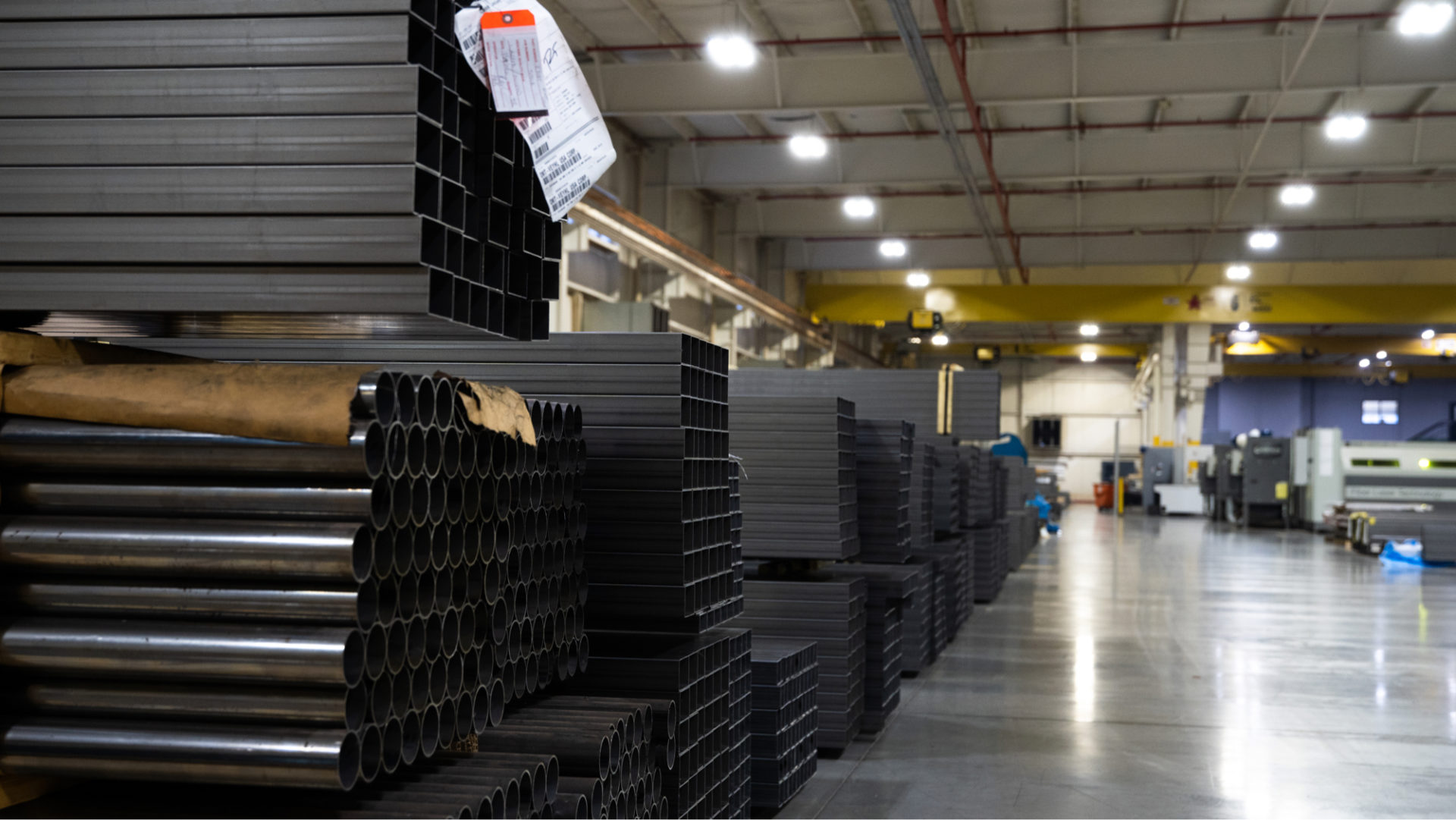 As we’ve pointed out in our social media posts, many companies are experiencing delayed and damaged supply chain, especially from offshore suppliers, with lengthy shipping delays and poor communication. One significant battle amongst this issue is the overcrowded ports, causing ships carrying product to halt in the ocean and wait out available docking space.
As we’ve pointed out in our social media posts, many companies are experiencing delayed and damaged supply chain, especially from offshore suppliers, with lengthy shipping delays and poor communication. One significant battle amongst this issue is the overcrowded ports, causing ships carrying product to halt in the ocean and wait out available docking space.
We know that modern travel, from maritime to air travel, has its environmental impacts, so what is the new footprint that offshore suppliers are leaving with their delays?
According to Dynamo, “shipping poses threats to the environment both on inland waterways and on the ocean. These problems come from six major sources:
- Routine discharges of oily bilge and ballast water from marine shipping
- Dumping of non-biodegradable solid waste into the ocean
- Accidental spills of oil, toxics or other cargo or fuel at ports and while underway
- Air emissions from the vessels’ power supplies
- Port and inland channel construction and management
- Ecological harm due to the introduction of exotic species transported on vessels”
The longer that ships sit out in waterways plus the increase of international travel for supply chain, the more dangerous our environmental footprint becomes.
Shipping by air, also has its downfalls – a less common source of transporting parts and products but still a factor in recognizing sustainability none-the-less. While air transport not only comes with a high price tag, it also contributes to global warming issues by the releasing of harmful gases, such as Carbon Dioxide and Nitrogen Oxides. This pollution is significant and rising global temperatures prove the problem at hand.
Other factors aside from the mode of transportation to consider include the level of packaging required on oversea shipments and the importance of suitability to the companies and countries that you are purchasing from. Safety of the product is often number one, but the more material being used to protect the goods also serves as more material ending in landfills and harming the environment. As for the importance, standards across the world differ significantly and the acceptable levels of gases and sustainability vary from country to country.
It’s vital when choosing your supply chain to think about the bigger picture, past a small cost savings. Is there an impact to your customer service or a greater good that needs to be served, such as protecting the environment?
Be sure to communicate your values to potential partners and ensure that you are aligned on your sustainability goals. Local suppliers will help save environmental impacts of transportation and ensuring products are designed with a life cycle approach will serve the environment long term.
For questions about OMT-Veyhl’s supply chain or how to make the switch to a local metal fabricator, contact our team today! We would love to provide more information on our processes and locality to you.


Recent Comments